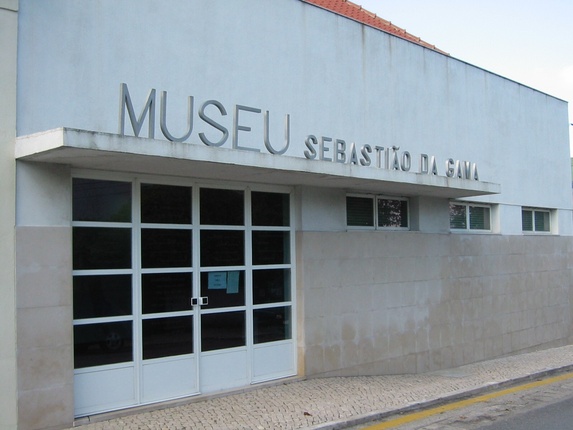Heritage in Setúbal
Every street, every facade, or even sidewalk, Setúbal History Center presents the memory of the city, from the time of the Phoenicians and Romans to the present day shopping centers. In this area the local shops and traditional captures attention of visitors between shops with global brands to Conventual shops and antiques.
Plaza de Bocage
All roads lead to Rome, but in Setubal, everyone will give the Plaza de Bocage, housing terraces that evoke one of the greatest figures of Portuguese poetry, Bocage, his statue of eyes on the sea is the ex-libris of this square. This is still the building of the Town Hall, the current Town Hall.
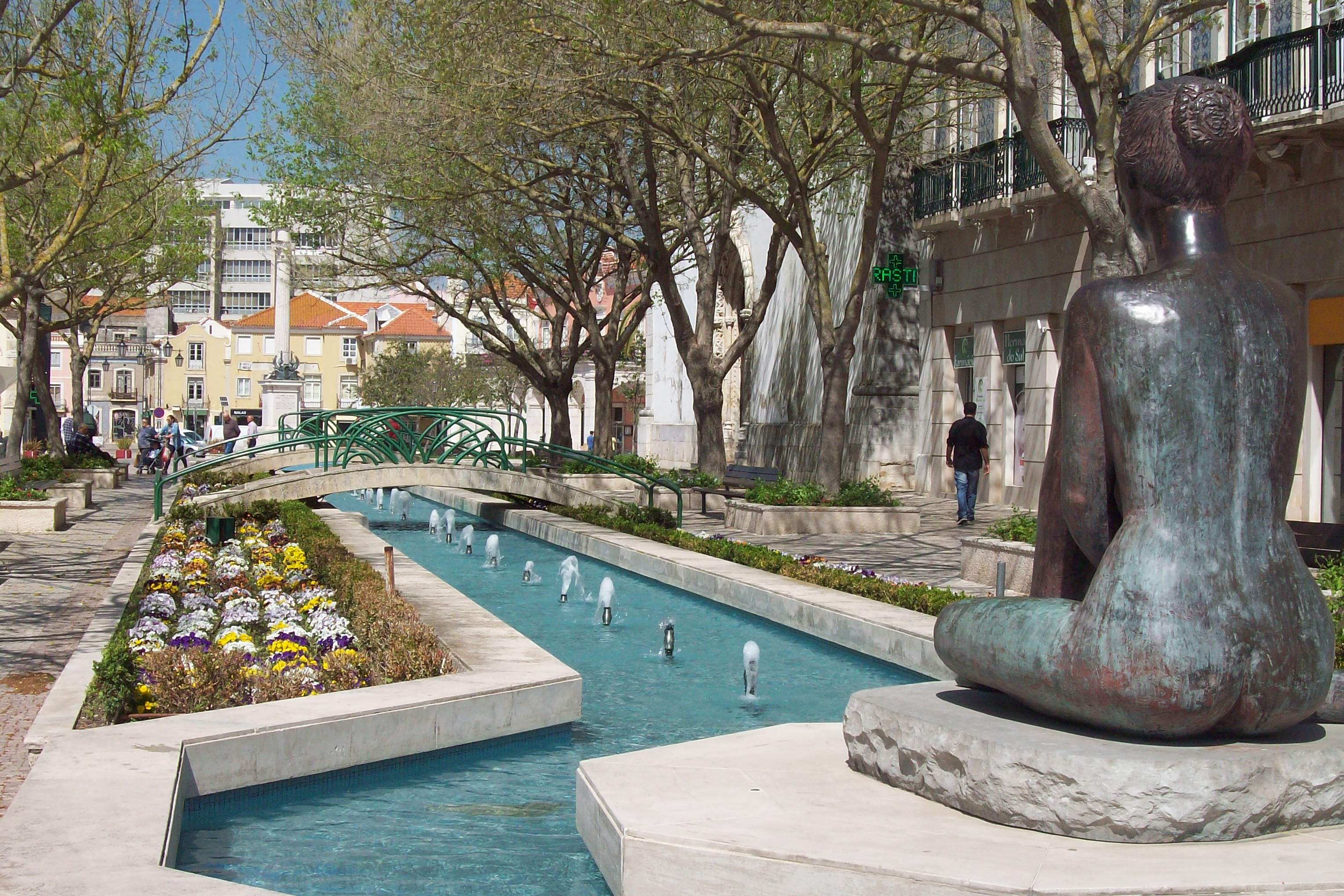
Convent of Jesus
A few minutes away, it is the Convent of Jesus, one sixteenth-century monument, which houses the Museum of Setúbal, together with the Church of Jesus, who was considered the first test of a Portugal-hall church. This convent was confirmed the division of the world between Portugal and Castile, when the Treaty of Tordesillas.
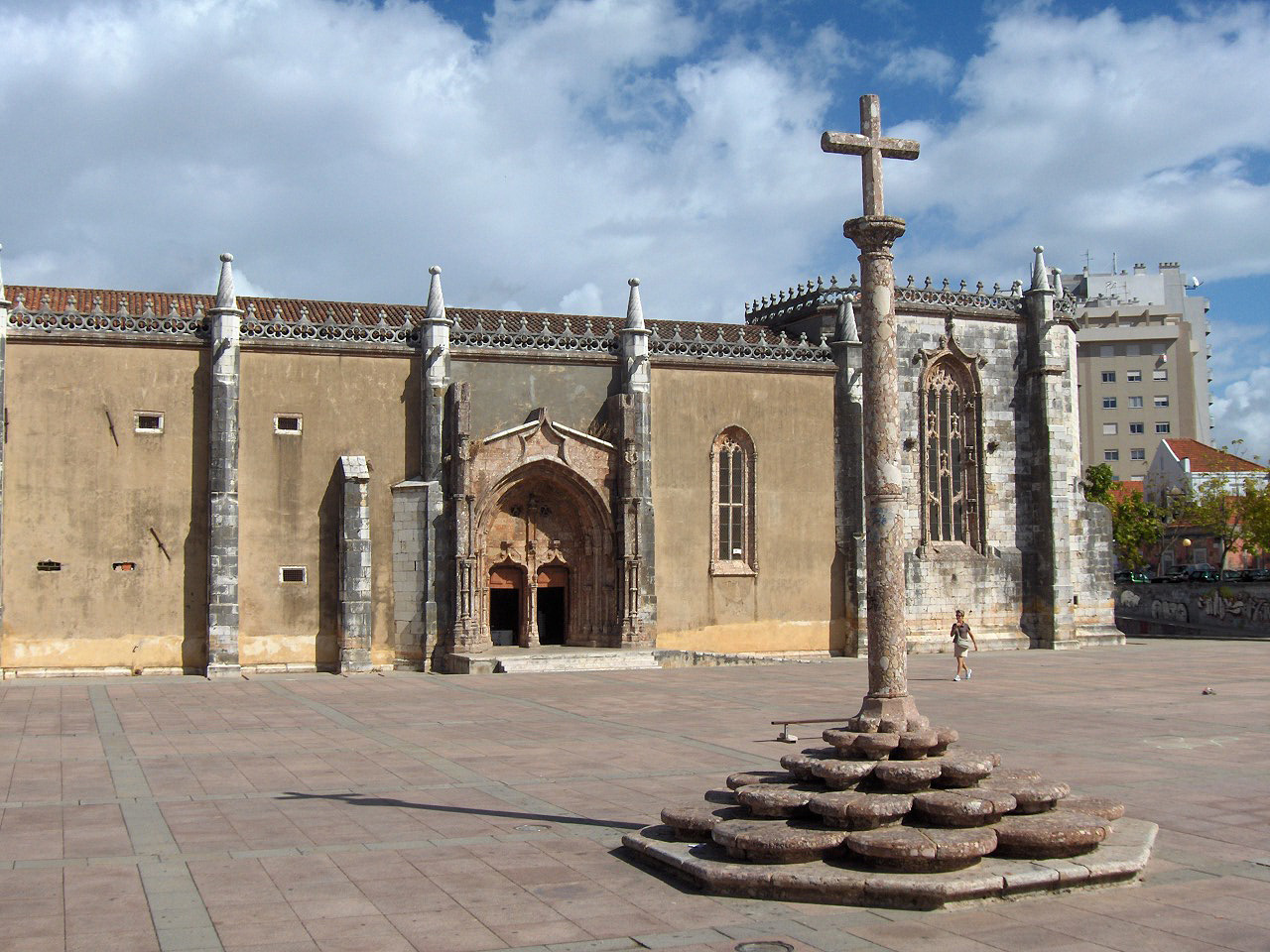
Church of São Julião
Already the Church of St. Julian, surrounded by terraces, presents a rich Manueline portico with figures recorded over 500 years in its stone.
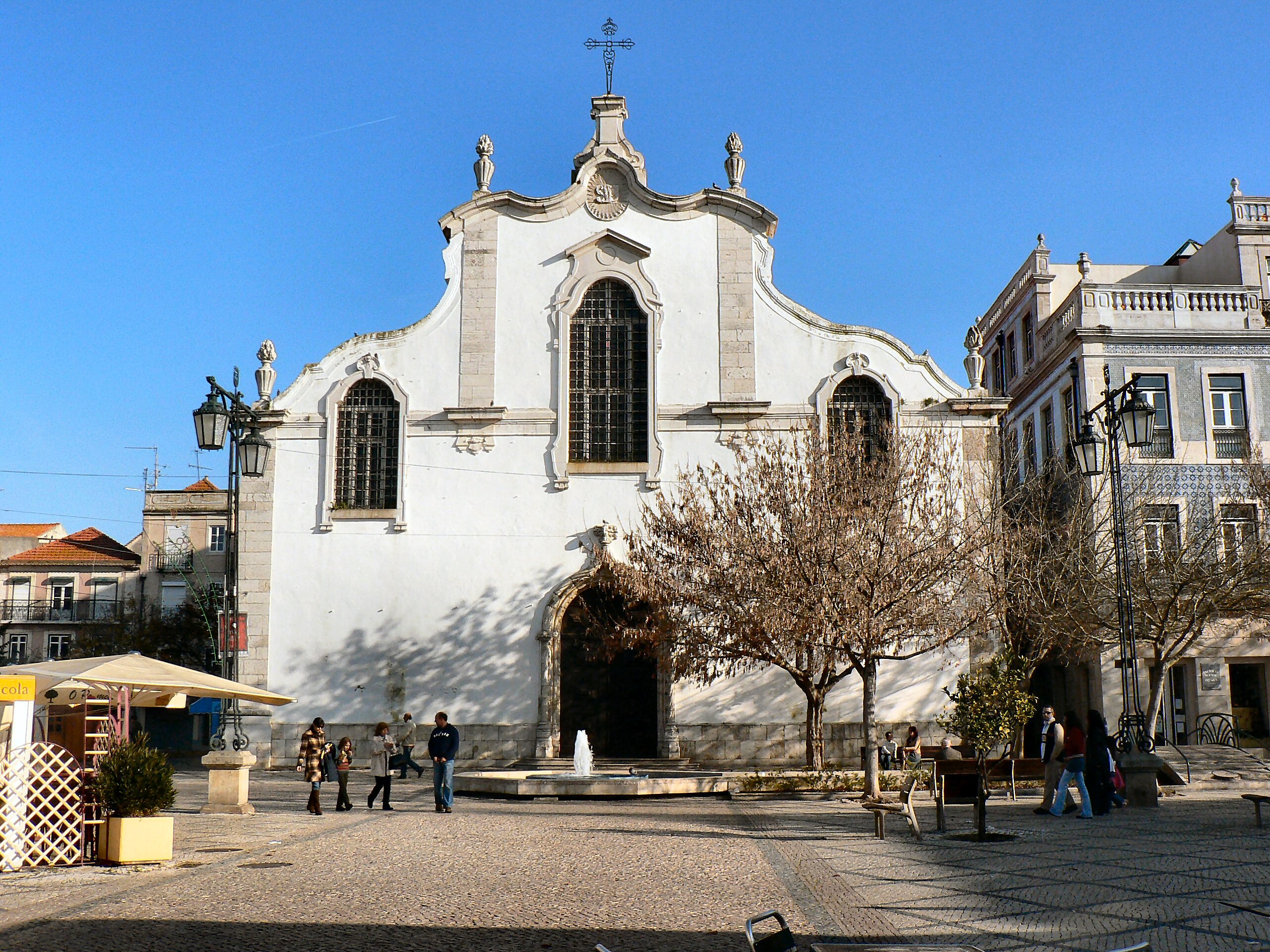
Francisco Soveral square
Following the street Serpa Pinto, the modernity of the stores is guarded by secular buildings, especially in Largo Francisco Soveral, also known as old Largo da Ribeira Velha, a clothing store retains the promotion of nineteenth-century sale, preserving painted invitation figures tiled nineteenth century in its facade.
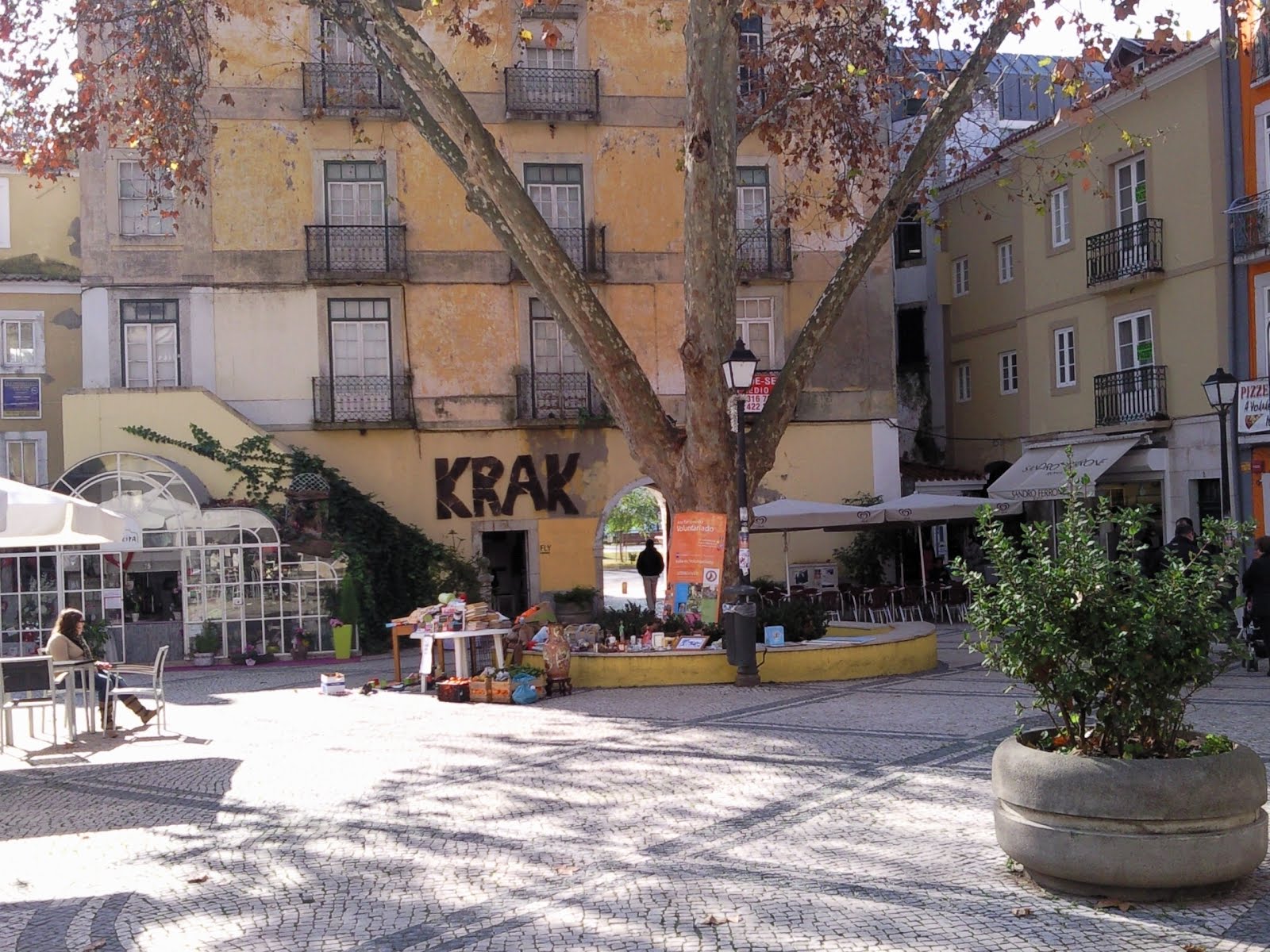
Santa Maria square
In the Largo de Santa Maria, is the Cathedral of Santa Maria da Graça, between alleys and centuries-old houses, this is a hidden monumental piece in this square. At around this temple, the street Corpo Santo, is the Baroque Museum or the House of the Holy Body, decorated with baroque tiles, this is the landmark of the Baroque era of Setúbal.
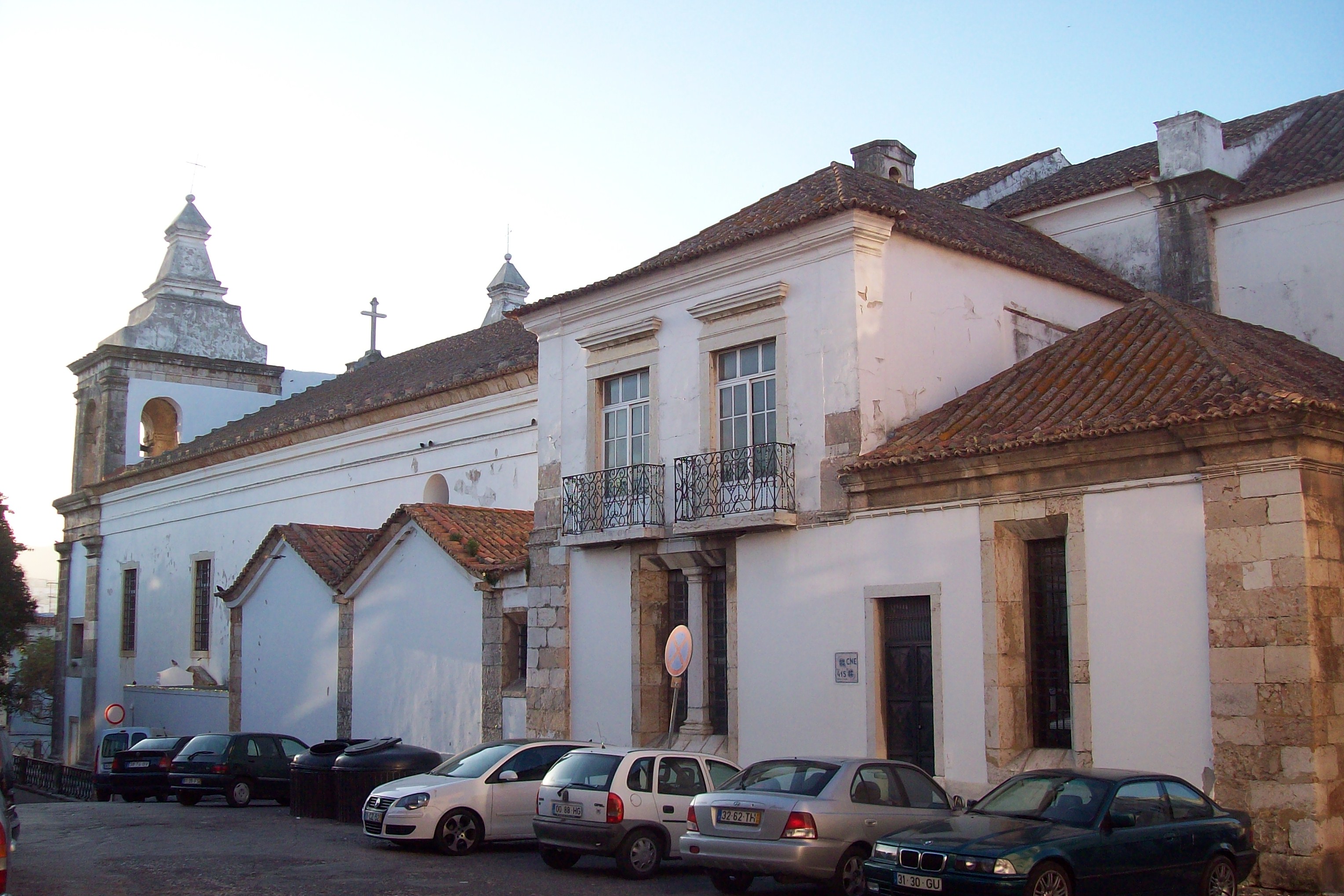
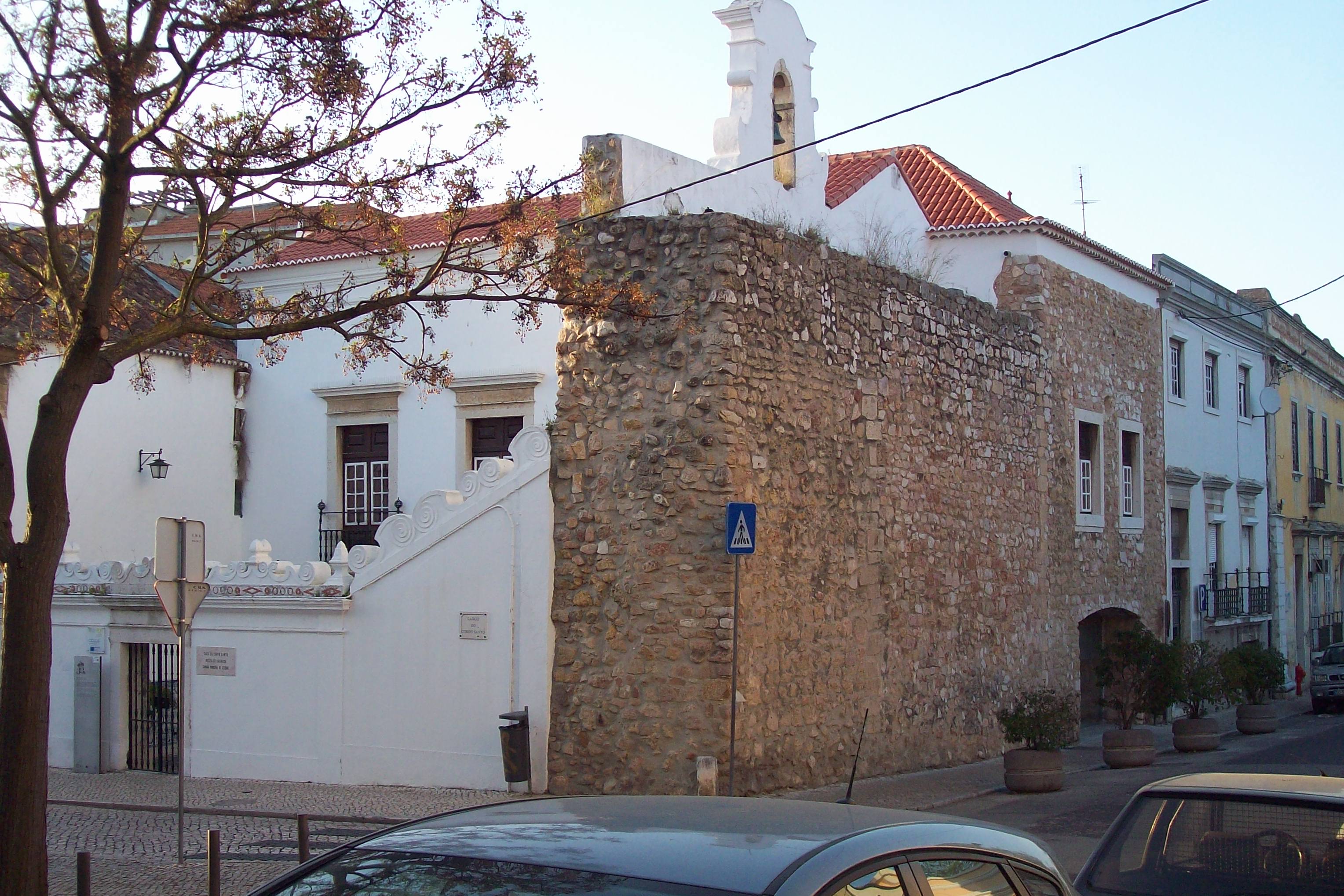
Neighborhoods of Tróino and Fontainhas
In a more secular side, Setúbal maintains ties with its origins, reflecting such are the neighborhoods of Tróino and Fontainhas. In both, the environment characteristic of Setubal, multicultural and genuine urbanism. As Fontainhas dates back to the sixteenth century, with narrow, winding streets, where the houses have architectural details of the sixteenth century periods, seventeenth century and eighteenth century. Already Tróino presents younger due to its Pombaline reconstruction after the 1755 earthquake, where cafes, terraces and stores are the meeting point of the secular and modernity.
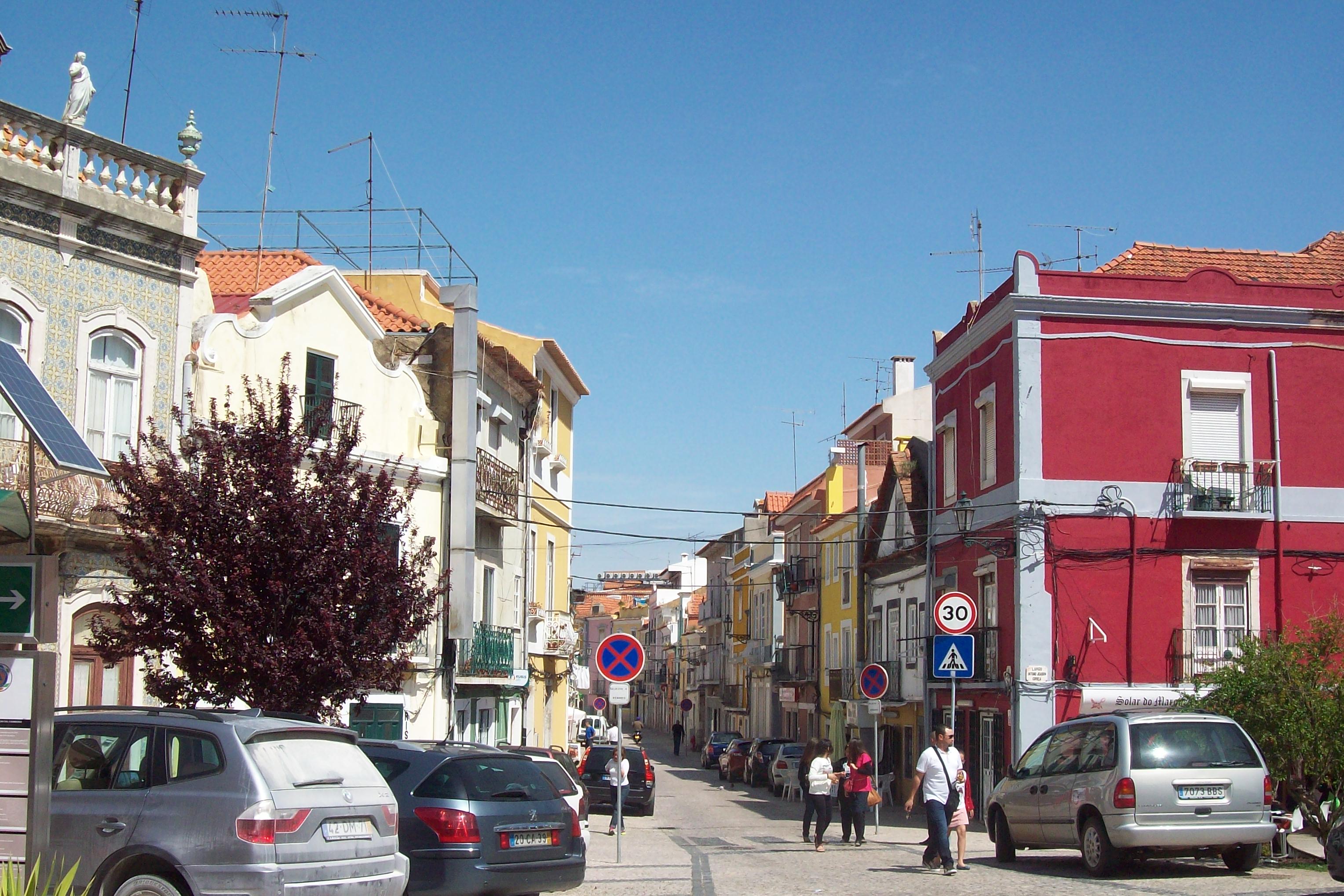
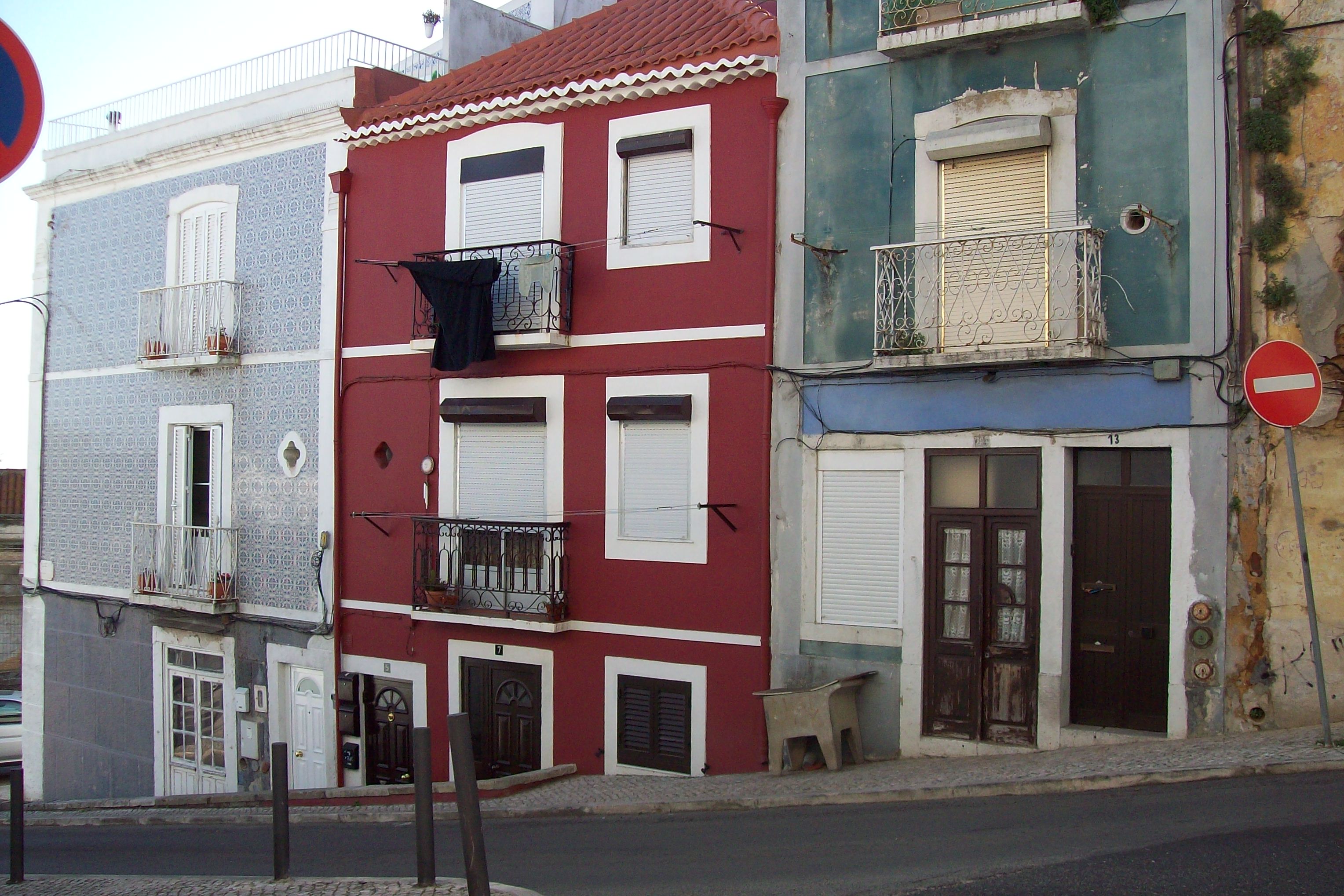
Teófilo Braga Plaza
In the heart of Tróino in Piazza Teofilo Braga, rise up an elegant Sapal fountain in baroque style and everywhere, are buildings with purely setubalenses characteristics, accompanied by tile, iron balconies and Art Nouveau.
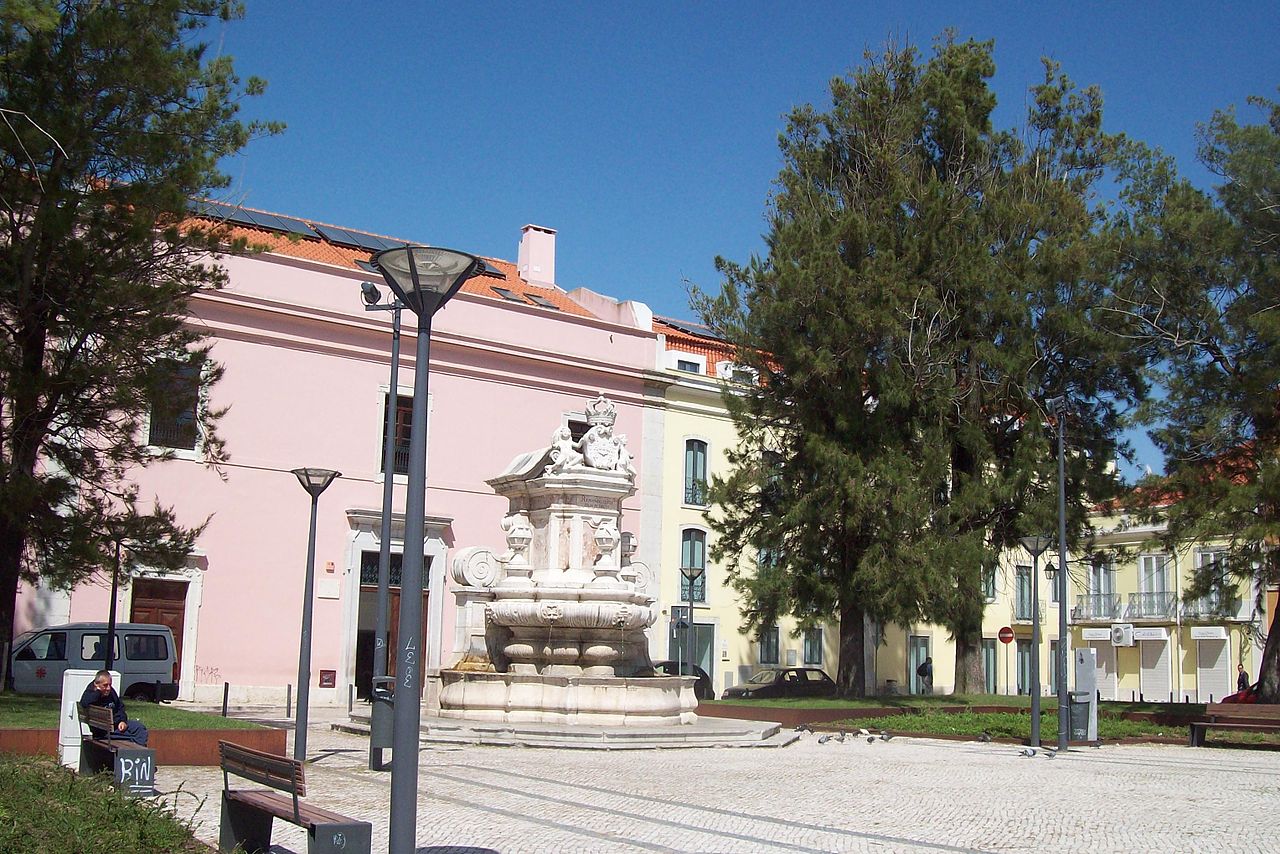
With regard to cultural heritage, we highlight the following.
Municipal Gallery of the Old Bank of Portugal
On the boulevard Luisa Todi, this is a building of the twentieth century, welcoming about 14 chancel altarpiece paintings of the Church of Jesus, pointing to Jorge Afonso painting, one of the great Portuguese painters of the sixteenth century; along with a collection of paintings of the XV, XVI and XVII, pieces of sacred jewelery and archaeological remains, found after excavations in the historical city center and the Convent of Jesus.
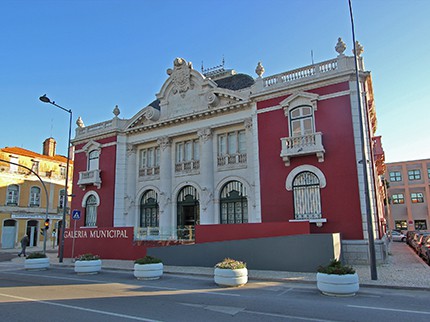
Bocage house
Poet Setubal, born on September 15, 1765, in St. Dominic’s neighborhood, in the house that now bears his name, offered by French Viscount Edmond Bartissol the municipality so that it marries features exhibits about the poet and his life and works.
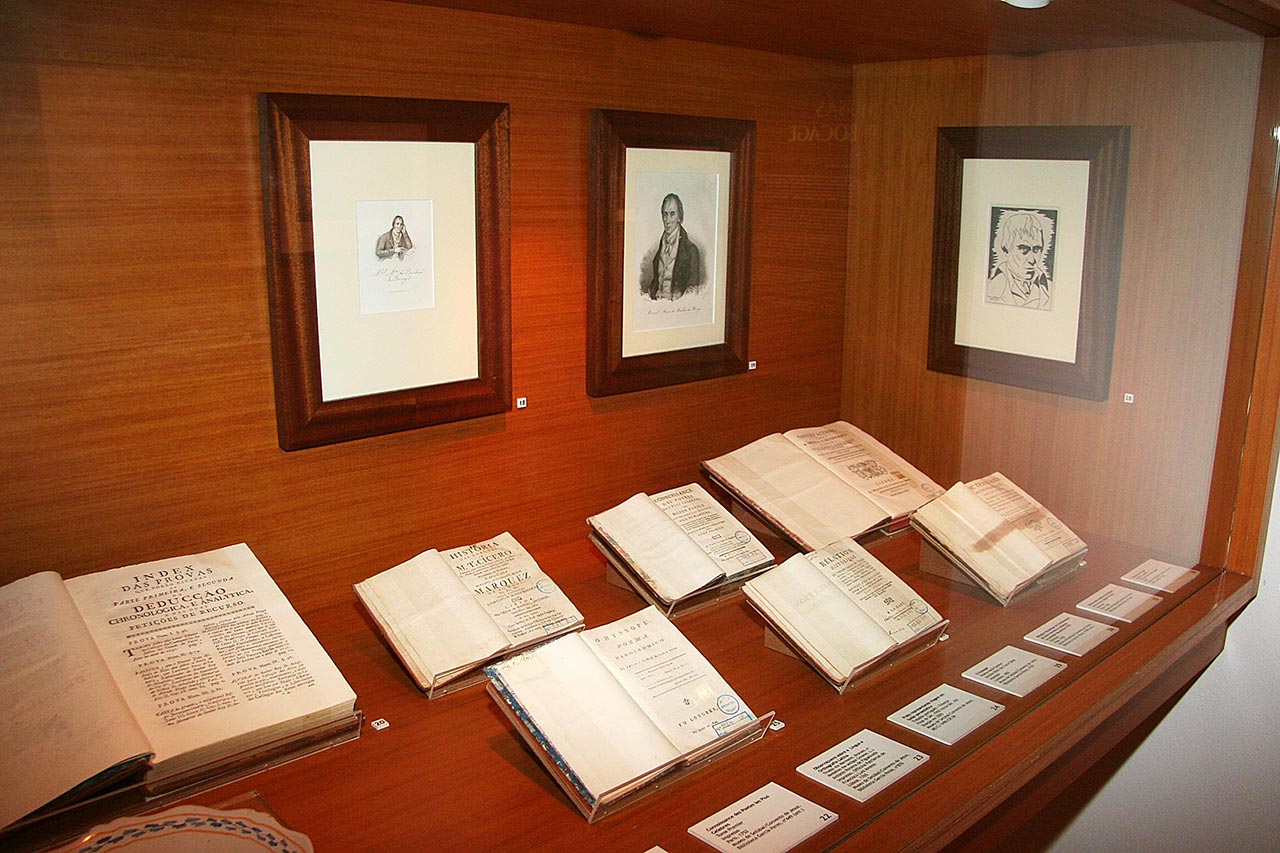
Museum of Work Michel Giacometti
This has an ethnographic collection, which was collected by students of the Student Civic Service in 1975, where Michel Giacometti made his supervision and founded. This museum offers a tribute to its founder through various exhibitions, such as “The Industry Conserveira (Da auction the can),” “Rural World – Collection Ethnographic Michel Giacometti and the Genesis of the Museum,” “Groceries Freedom – A heritage to safeguard”.
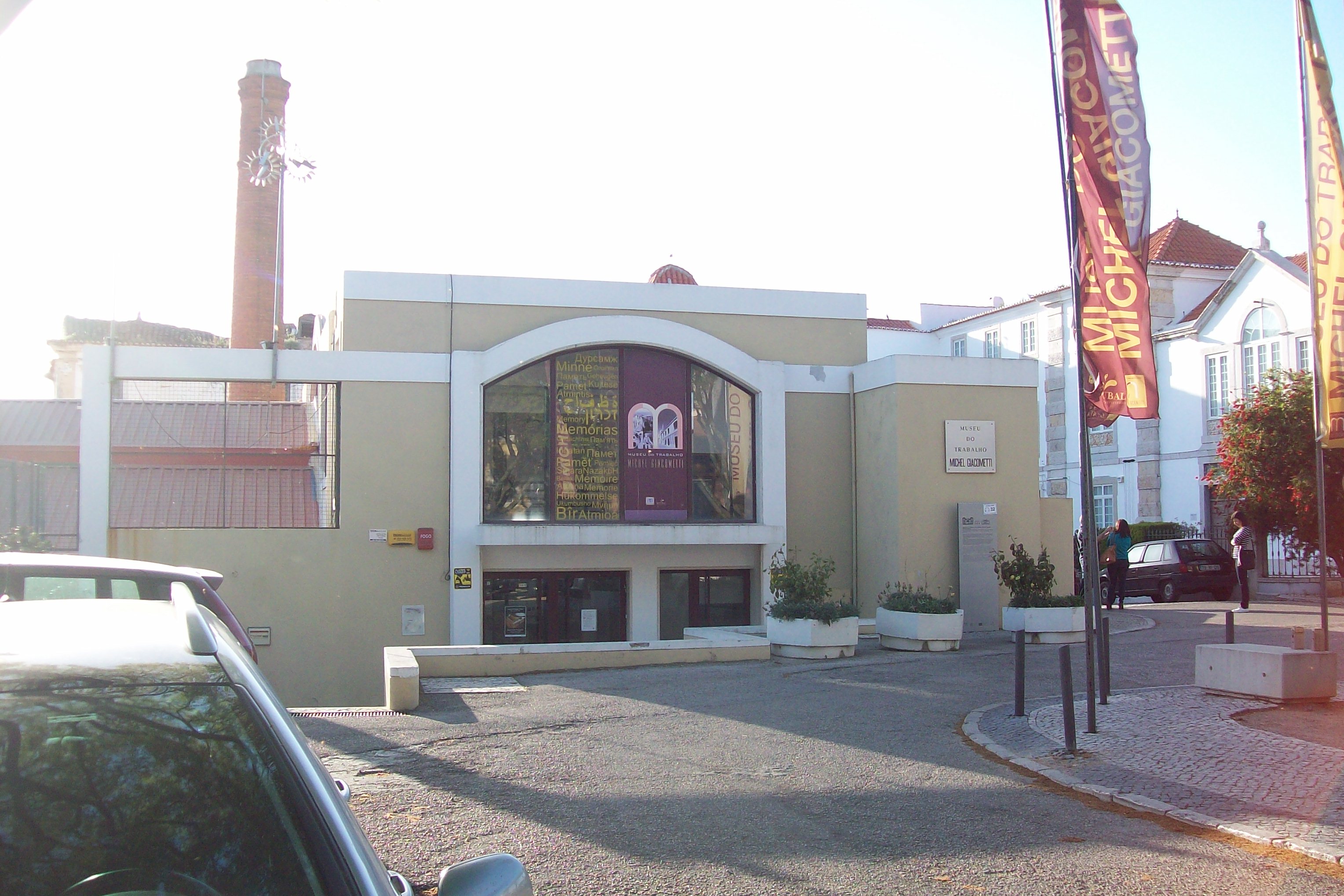
Sebastião da Gama Museum
A space dedicated to the life of the poet and pedagogue Sebastião da Gama, with a bibliographic estate objects and people’s poet, along with images of the history of this place and objects of pastoralism and viniculture.
